Psych 207 - Module 11: Decision Making
1/16
There's no tags or description
Looks like no tags are added yet.
Name | Mastery | Learn | Test | Matching | Spaced |
|---|
No study sessions yet.
17 Terms
Heuristics
Mental shortcuts that help you arrive at a decision faster (can be wrong)
One of the most popular areas in the field of decision making
Examination of heuristics and biases (Ways that people go about solving problems and making decisions that can lead to systematic errors)
Six different heuristics in decision making:
Availability, representativeness, anchoring, illusory correlation, confirmation bias, and overconfidence.
Availability Heuristic
Judging the probability of an event based on how easily examples come to mind. Thinking shark attacks are more common than falling airplane parts because shark attacks are more memorable and often in the news.
Representativeness Heuristic
Making decisions based on how much something seems to match a stereotype or pattern, rather than actual statistics. For example, assuming someone who is quiet and loves reading is more likely to be a librarian than a construction worker, despite the odds.
Related to gamblers fallacy
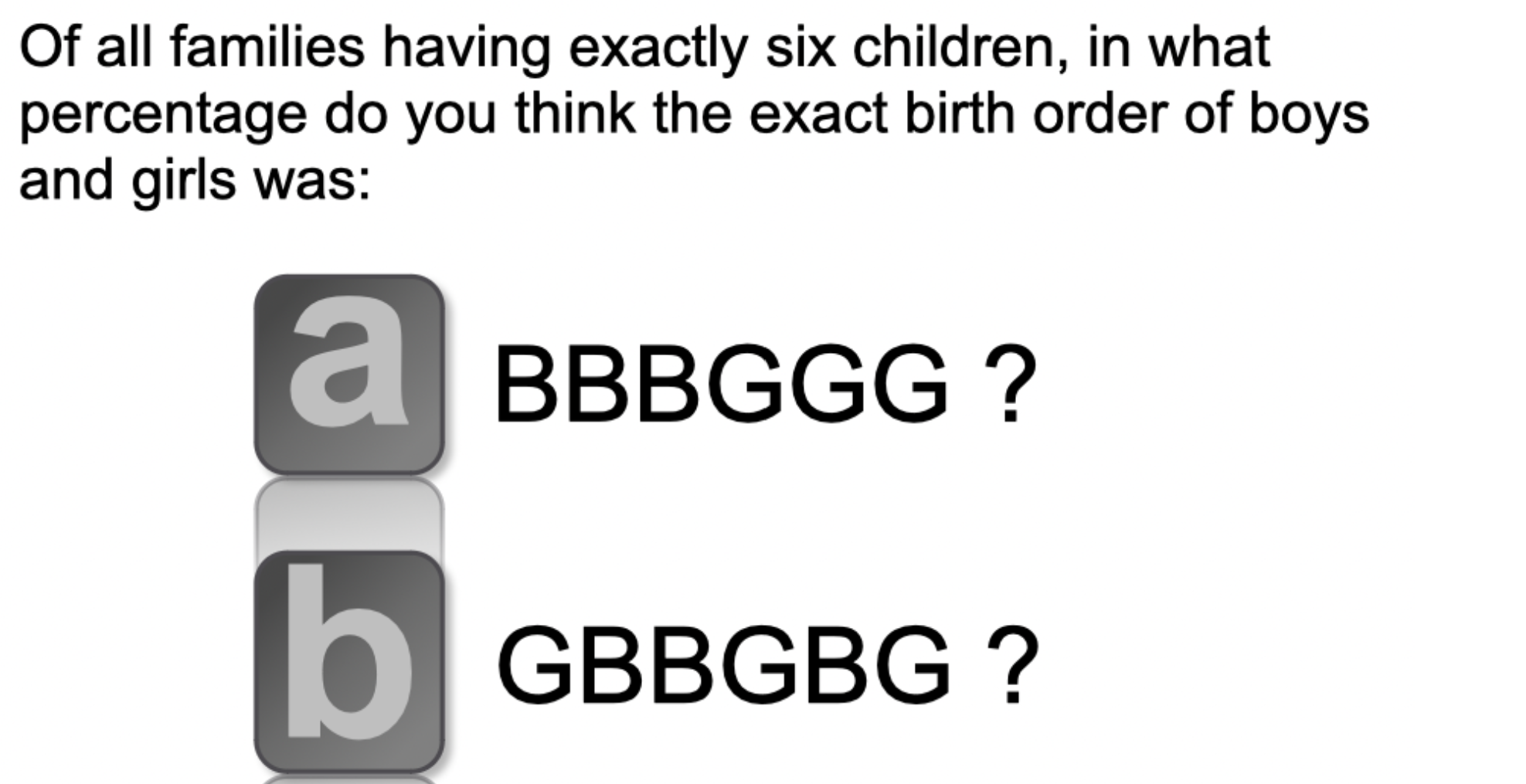
Anchoring Heuristic
Relying too much on the first piece of information we get (the "anchor") when making decisions. For example, if you see a jacket priced at $300 and then see it on sale for $150, you’re more likely to think it’s a good deal even if $150 is still expensive.
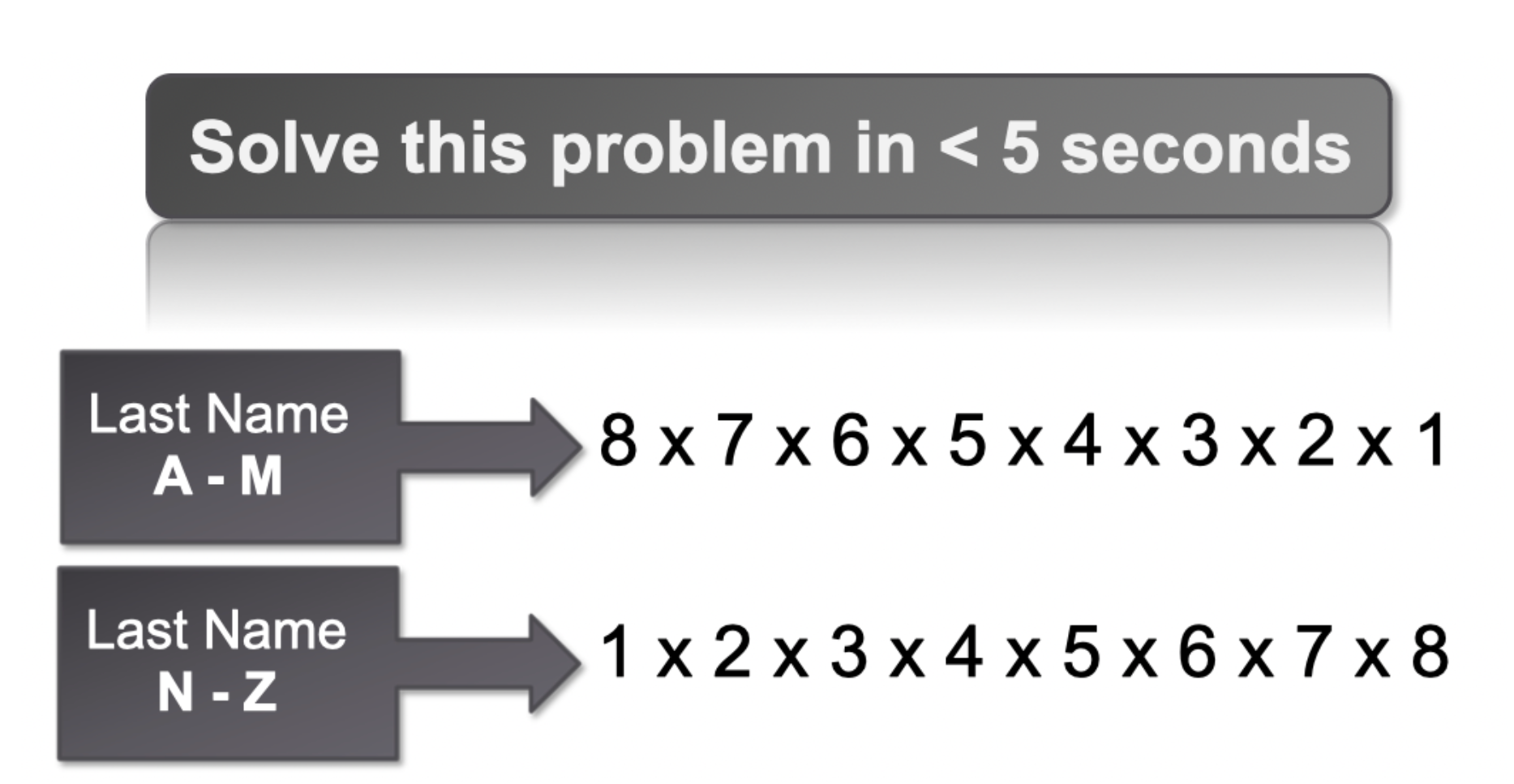
Illusory Correlation
The tendency to see connections between events or behaviors that aren’t actually related. For instance, thinking people who twist their hair are usually stressed, even though data shows no actual pattern between the two.
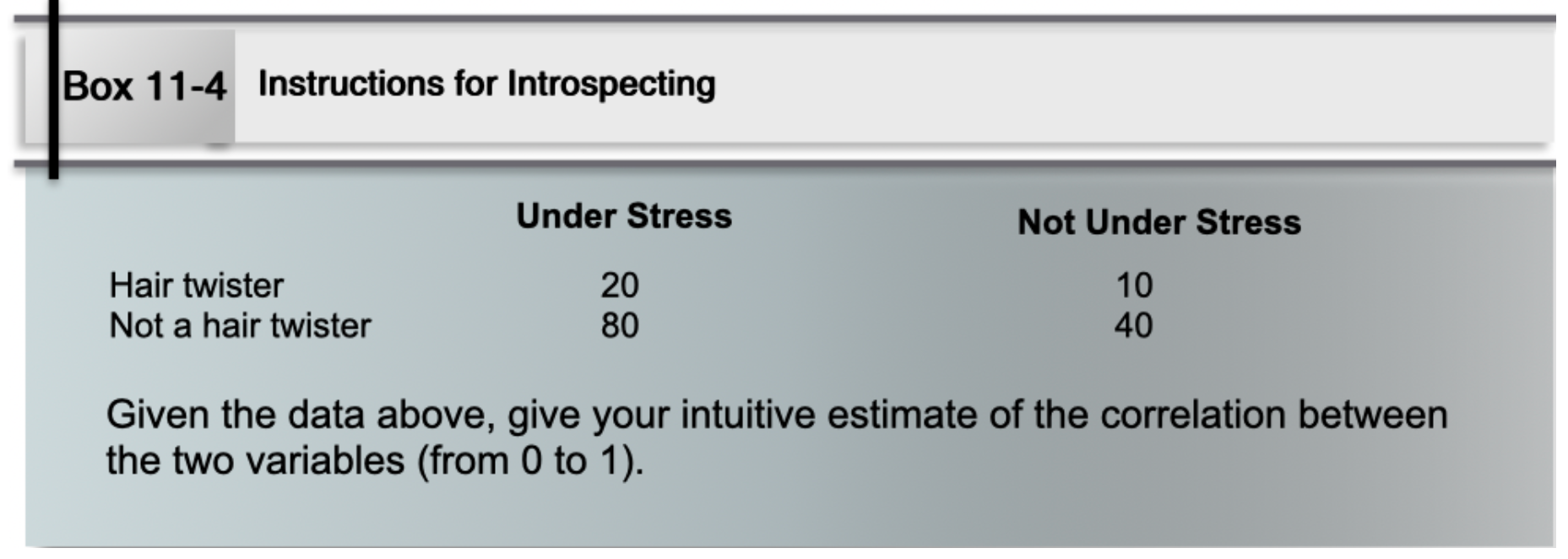
Confirmation Bias
Looking for information that supports what we already believe and ignore evidence that contradicts it. For example, if you think a certain diet works, you might only notice success stories and overlook the failures or scientific criticism.
Overconfidence Bias
Tending to overestimate how accurate our knowledge or predictions are. For example, someone might be absolutely sure they answered a test question correctly—only to find out later that they were wrong.
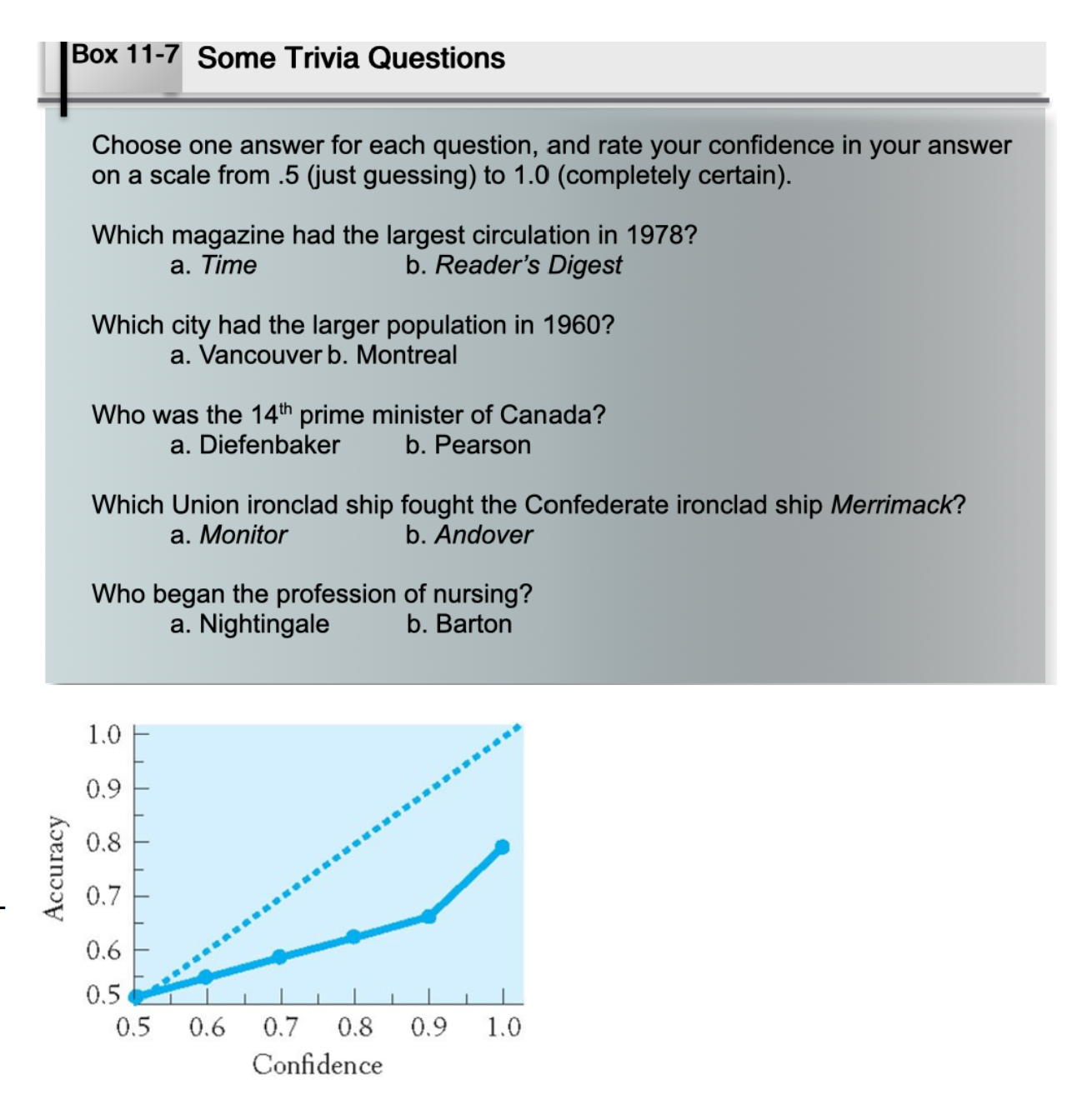
Expected Utility Theory
A normative model of decision making. What that means is that it defines ideal performance under ideal circumstances.
Often compared to a gamble
- Probability theory tells us the odds of any outcome
- Dollar amount
- won or lost tells us the expected value of that outcome
- Utility can be a more practical or general term that captures ideas of happiness,
satisfaction, etc.
- (lower the utility for failure, the worse they would feel about failing, and the higher the utility for success, the more they would value success in that option)
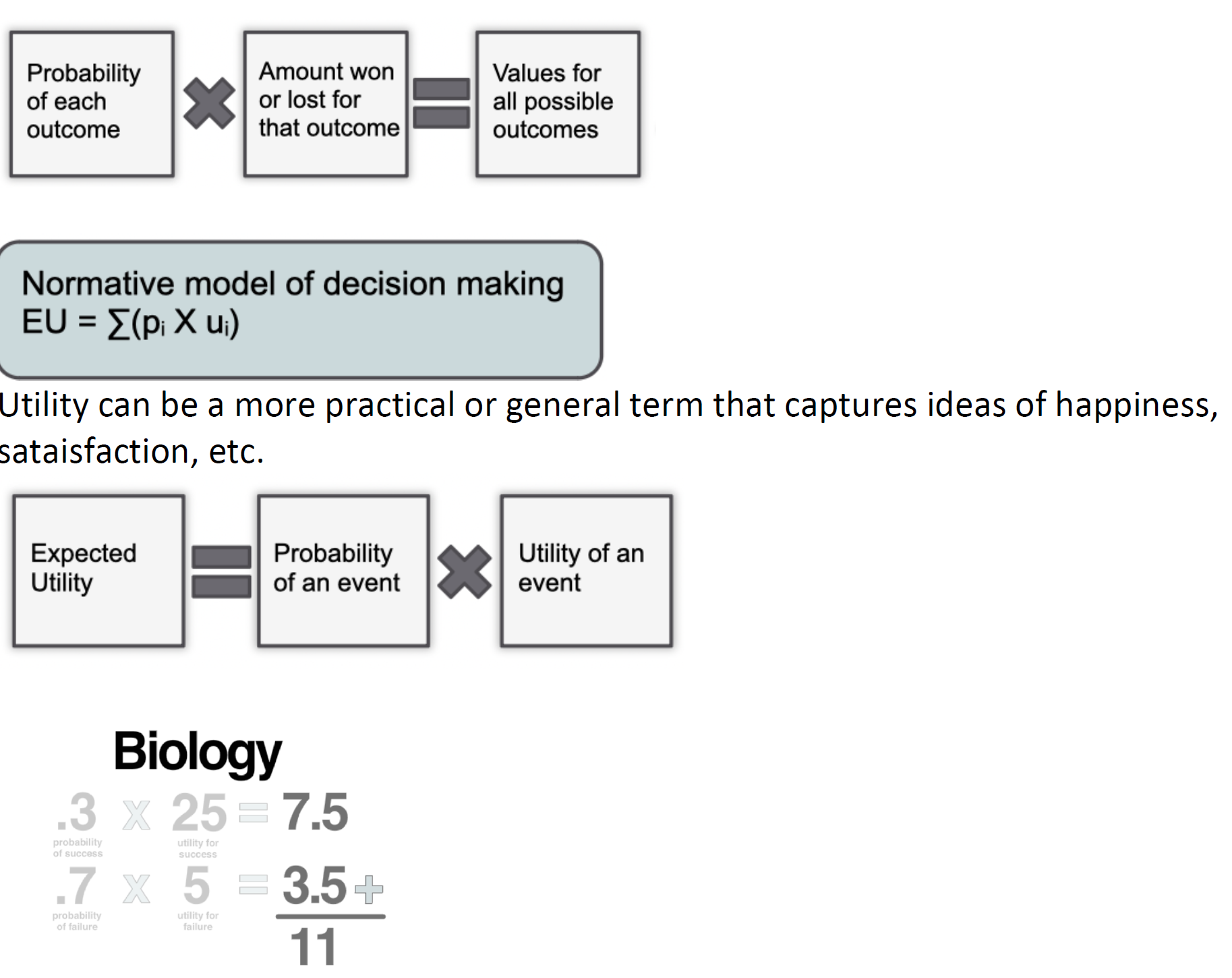
Image Theory
The basic idea is that people typically narrow down their choices to a small few before doing any active consideration. We have a limited amount of cognitive capacity and can only handle a small amount of information at any given time.
Value Image – contains the decision maker’s values, morals, and principles.
Trajectory Image – contains the decision maker’s goals and aspirations for the future.
Strategic Image – outlines the way the decision maker plans to attain their goals.
According to image theory, options that are judged incompatible with any of these three images are automatically dropped from further consideration. Ideally, the reasoner is left with only one or two options to give careful consideration.
Recognition-Primed Decision Making
Decision-making model where people—especially experts—make quick, effective choices by recognizing patterns from past experiences rather than analyzing every possible option.
neuroeconomics
A new field that examines how the brain interacts with the environment to enable us to make complex decisions. - decision making, emotions, and the brain
Sanfey and colleagues presented participants with a task called the ultimatum game
In this task, you are to imagine that you are working with a partner, and you have the opportunity to split $10 with that partner. You’ll receive a one-time offer from your partner, and then you have the opportunity to either accept or reject this offer.
If you accept the offer made by your partner, you split the money as determined. If it is rejected, you both go home with nothing. For example, if the partner offers you $4 and you accept, you get $4 and the partner gets $6. If you reject the $4, both of you get nothing.
So, think about this for a moment. What would you do if your partner offered you $5? Would you accept that offer and split it evenly? What if the partner offered you only $1? Would you take that dollar and let your partner have $9?
Rationally, $1 is better than $0—if you reject that $1 offer, you will get nothing. But Sanfey found that many participants actually rejected unfair offers. That is, they would rather leave with nothing and ensure that their partner also got nothing than accept an unfair offer.
unfair offers were followed by activations in the
Insula cortex and the dorsolateral prefrontal cortex. The insula is predominantly involved in negative emotional states, such as anger and disgust. So even though the rational brain—perhaps the prefrontal cortex—should be telling participants to accept any offer (since something is better than nothing), the insula gets in the way. In this sense, the emotional response can override the cognitive one and determine how the decision is made.

Complex decision making involving real-world problems often includes an interplay between emotion and the brain regions responsible for both emotion and cognition. What are they?
Prefrontal cortex – involved in reasoning and planning
Insula – involved in emotional responses, especially negative emotions like disgust
Anterior cingulate cortex – involved in error detection and conflict monitoring
Amygdala – involved in emotional processing, especially fear and threat detection
Sources of Difficulty
Conflict: Decision maker must make tradeoffs across different dimensions (eg. car's power vs. gas milage)
Uncertainty: outcome of decision often depends on uncertain variables or events (eg. investing in stock market)